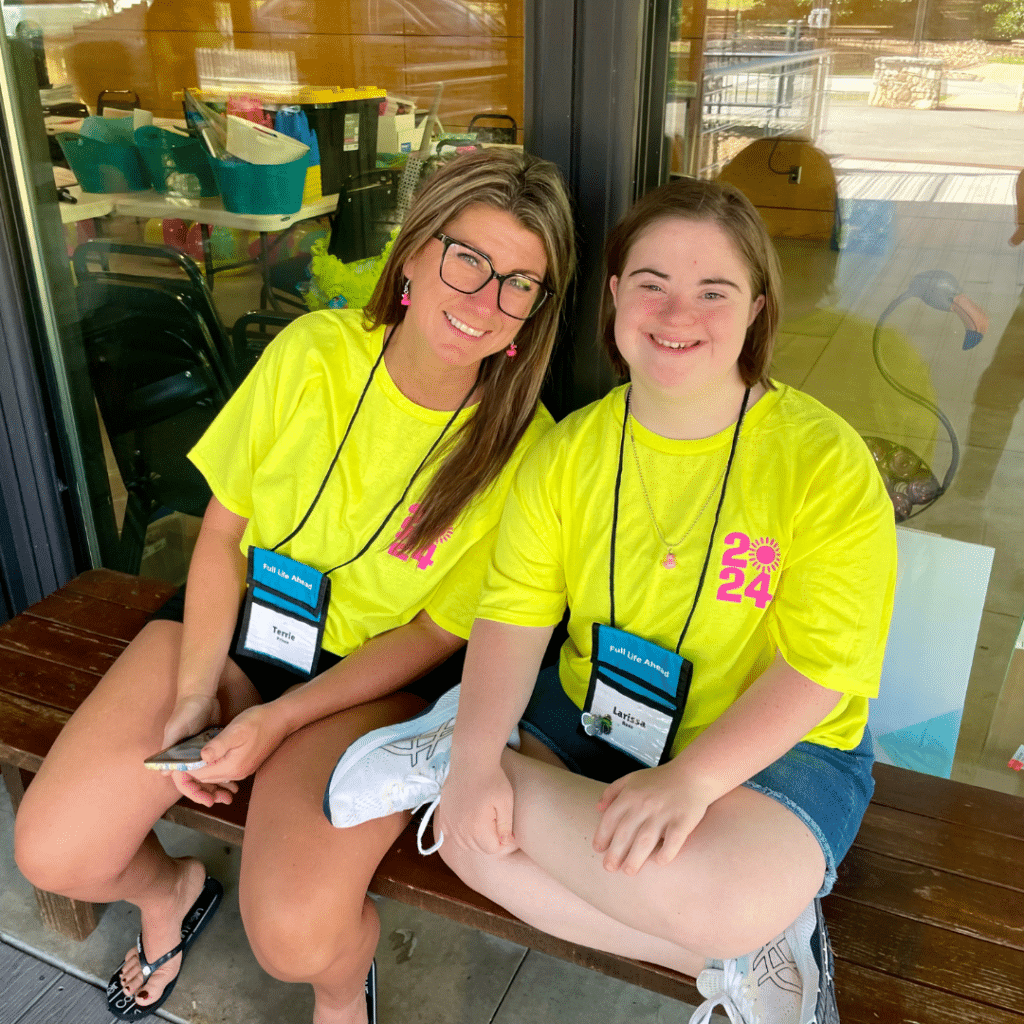Should you consider the use of technology for your special needs child? It is an important consideration.
You may have seen or experienced other children who can’t imagine living without a smartphone in their hand, a tablet on their bed, and an Xbox in their room. It seems technology has become the lifeblood of the younger generation, but the same can’t be said for many children and young adults with special needs.
Countless parents, educators, and providers wonder if technology is a useful option for children and adults with disabilities questioning the effort, time and money asking if technology makes a real difference.
Treat technology as any other type of support a special needs child receives like; supported living or supported employment and Individualized Education Plans (IEP). Contemplate implementing the idea of Individualized Technology Plans (ITP) and developing Supported Technology strategies.
Where to Start?
How about at the beginning? Decades ago, the technology we used in education and business lacked the necessary accessibility features available today; thus they failed to meet the needs of people with disabilities effectively. Augmentative communication devices were researched and developed to assist people like my daughter, Mikelle, to speak and communicate through technology. These options became the best way for many children to interact in the classroom, in the community, with friends and families and in the workplace.
With a frightening price tag of nearly $8500, AC devices were life-changing for some and very expensive doorstops for others. In retrospect, if we were to measure a child/adult’s success with augmentative communication devices, my guess is successful AC users were recipients of “supported technology”. Technologically astute family members, innovative educators or well-trained augmentative speech and language professionals gave time and attention to the AC user. Without that level of support, many AC devices collected more dust than memories or successes.
Technology’s success is best evaluated by how it enables a person with a disability to exercise self-determination and more independence. We know technology assists people with disabilities in all kinds of daily life activities including; telling their stories, training their support staff, managing their moods, providing work prompts and reminders to name a few.
But, the truth is a simple notebook can tell a story. Low tech options like checklists, reminder cards and attention from support personnel can help folks without the hassle of learning the latest technology. Besides, technology changes all the time anyway. Right?
So what do you do?
Take a chance on technology, ignore it or completely reject it as an option?
Your decision is important as it impacts your child’s future.
Advantages of Technology
1. Technology connects us to our community in many ways. Social media is a powerful tool for gaining resources and building connections and it may provide additional funding through various sites such as www.kickstarter.com and www.indiegogo.com. Families are finding best practices, starting their own support groups, researching best practices and new developments in education, disability, and rehabilitation online.
2. Technology does promote and inspire life-long learning. Parents and providers focus on yearly goals, but sometimes forget to plan for the long term. Our tendency to “get through” the day, month or year without an eye on the horizon. Focus on long-term visions and lifelong learning.
3. Technology creates valuable links to family, friends and advocacy communities without the reliance on parents and caregivers
4. Technology provides more efficient opportunities for independence as it delivers access to Smarthome technology, assisted decision making ultimately reducing personnel support costs and dependence of family members.
5. Technology can allow for individuals with disabilities to tell their own story whenever they want generating new community connections. Smartphones and tablets are the citizen’s tools these times and are a definite plus as we build on the idea of 21st Century Inclusion.
6. Technology provides greater health and safety offering immediate access to medical records, doctors via telemedicine, job developers, and emergency support via programs like Skype, Google Hangouts, and Facetime.
Disadvantages to Technology
1. Technology can be expensive. While more state Medicaid programs are paying for tablets and other devices, many have ignored the fact people with disabilities live in the 21st Century and need the tools necessary for a 21st Century life.
3. It takes a certain expertise to find the “apps” that work best in your situation and even more time to teach people to learn how to use them. Then, technology changes and you start all over again.
4. Support staff and family members are resistant to change. Your team needs to be willing learn the basics and support the on-going use of the device. What good is a communication device if no one will sit down to listen to what the user has to say?
5. It is an investment of time, money and energy to make it work. Parents and families members might not have the strength to take on “one more thing”. Providers may resist adopting technology thinking it just isn’t necessary.
6. Technology can be both liberating and frustrating. It can rob people of their privacy, open them up for fraud and needs to be managed and supported carefully.
Advantages of a Low Tech/NoTech
1. The learning curve is much shorter. Chances are you just have to make small changes rather than big ones.
2. Low tech equals high touch. Technology used poorly can lead to more isolations rather more inclusion. Low tech ensures the presence of support staff and families in an individual with special needs life.
3. You don’t have to worry about cyber-bullying, expensive on-line shopping or accidentally getting access to other more dangerous websites.
4. A technology plan takes too much time. How does one find the right device in a field of hundreds and is hard to craft well?
5. If you don’t do adequate research, you can end up with a door stop! Who needs that?
Here are my suggestions. Ask. Research. Connect. Learn. Remain open to the future.
Rest assured there are people in Alabama who know how to work the system, cultivate funding and share their experiences and knowledge.
If you want to help shape the future of technology, come to the Families at the Forefront of Technology Conference, Oct 23-24th, 2015 in Snowmass Village, Colorado. Click on the link for more information.
Resources
https://www.apple.com/accessibility/
http://www.microsoft.com/enable/


